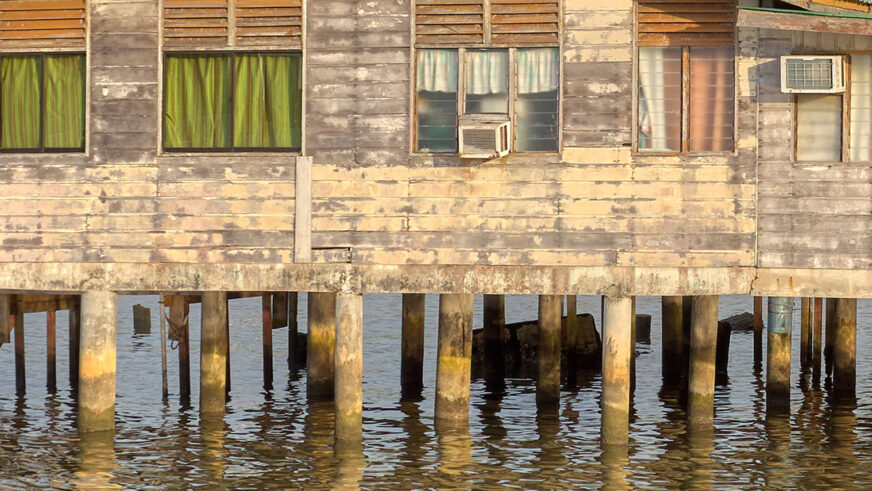They were once symbols of progress—beachfront hotels, civic halls, and apartment towers promising luxury with a view. Now, they lean at odd angles, coated in salt-scoured graffiti, their broken windows permanently staring out at the ocean like the empty sockets of a drowned corpse.
Up and down the coast, dilapidated buildings sit on some of the most valuable land in the region, locked in a bureaucratic standoff between absentee owners, strapped city departments, and preservation boards that insist on fighting entropy with paper filings.
Real estate developers call them “nonperforming ghosts.” Locals call them eyesores. And for city officials already juggling post-crimewave recovery efforts, they’ve become just one more expensive reminder of promises made and long since forgotten.
“Every month we don’t bulldoze them is another month of lost revenue, increased insurance costs, and the occasional squatter fire,” said Denise Mercado, head of Planning and Zoning. “But no one wants to be the first to touch them.”
With property values rising again along the coast, pressure is mounting to reclaim the blighted lots. But for now, the skeletal remains of yesterday’s ambitions continue to rot—oceanfront, sea-facing, and entirely out of reach.

